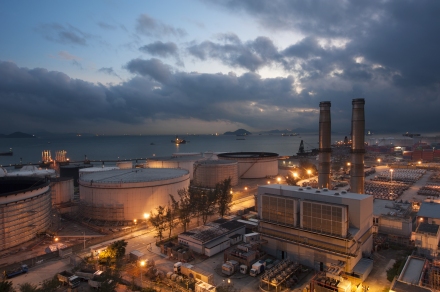Indian electricity utility companies have long been under scrutiny for their poor management of energy consumption and assets. Energy thefts, rising green house gas emissions and poor match with demand and supply of energy are some of the struggles of using traditional energy meters. The answer to this point at issue is advanced metering infrastructures (AMI) facilitated with Big Data Analytics which can impart granular insights into customer usage motif.
Smart grids are conducive to superior electricity delivery infrastructures. So, utilities are attempting to pursue high volume data management to harvest dynamic behavioral patterns in the physical grid. Blending and crunching variegated data sets can yield more insights and knowledge that will need to be acted upon. But, analyzing this amassed wealth of information is an extensive trial. Analytics and Big Data are intrinsically linked to each other as application and foundation layers and reinforces the monetization of assets.
There are three domains infused in Smart Grid Utilities Analytics:
- Enterprise Analytics- Grid Visualization and Business Intelligence equipped with Predictive Analytics
- Grid Operations Analytics- Optimization and Operational Intelligence, Management of assets and outage, Fault Detection and Correction
- Consumer Analytics- Behavioral analytics and Load Flow, Data Integration on social media
A convenient advantage of using AMI is that it enables bidirectional communication between the consumer and utilities. From a consumer perspective, apart from management of energy consumption and outage using AMI, reduction of energy bills and greenhouse gas emissions is an ancillary benefit. With more control and power over the amount of energy consumption with the assistance of Big Data Analytics, consumers and utilities alike will be adept in keeping track of energy consumption, load, ROI, revenue losses, energy T&D, service levels and outage, improving SLA ( service-level-agreement). India is expected to install 130 million smart meters by 2021.
Data acquisition is not the challenge. The struggle to keep the management staff informed of their analysis fast enough is the critical problem. The ability to enable operational decisions through transformation of data into actionable intelligence and feeding them to the consumers is not possible if the rate of analysis is low. Execution of data analysis is not pronounced in utilities due to lack of skill to visualize, analyze and comprehend.
If we look into the Indian Smart Grid, the major hurdle is the availability of funds. To tackle this financial challenge, compelling smart grid consumer products, vendor partnerships and a willing investment body seems like the answer. Energy thefts and commercial losses, common in the country unlike developed nations can be evaded by use of tamper-proof smart meters with a prepaid system. But, for operational success, AMI will require faultless connectivity and India is not at par, in this regard, with other developed nations to employ a communication of the extent required for Smart Grids. The capital and hardware costs escalates if investment is done on an excellent communication network setup. This may impact during service deliveries in a negative manner. Due to the lack of awareness, utilities in India need to shift their focus to educating the consumers of the overall potential of Smart Grids rather than mere adoption of smart meters. Now, the benefits from the Smart Grids may be favorable. But, when mismatched policies and incentives come into the picture, the investment seems less attractive. The risk factor associated with utilizing Smart Grids is shared by every individual in the value chain. Maintaining this, will help align the incentives, tackle policy disputes and offer promising solutions.
If all the above mentioned challenges are catered to, the utilization of Smart Grids and Big Data in the country will not only accentuate sustainable use but also, monetize AMI data. MachinePulse, a Mumbai based IoT platform provider is soon, looking forward to incorporating smart grid data analytics and solutions and transform the smart meter data silos into actionable insights.
MachinePulseTM is an Internet of Things platform provider based in Mumbai. The big data platform, erixisTM, has in-built machine learning and predictive analytics capabilities. MachinePulseTM has branch offices in Chennai and Bangalore. Email us to learn more.










